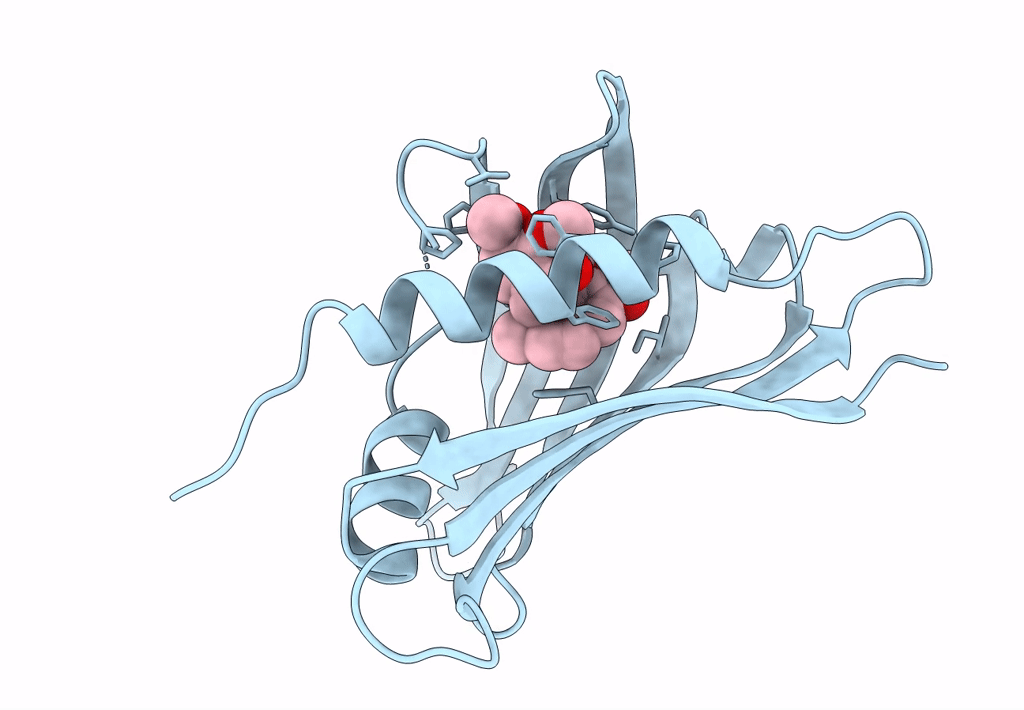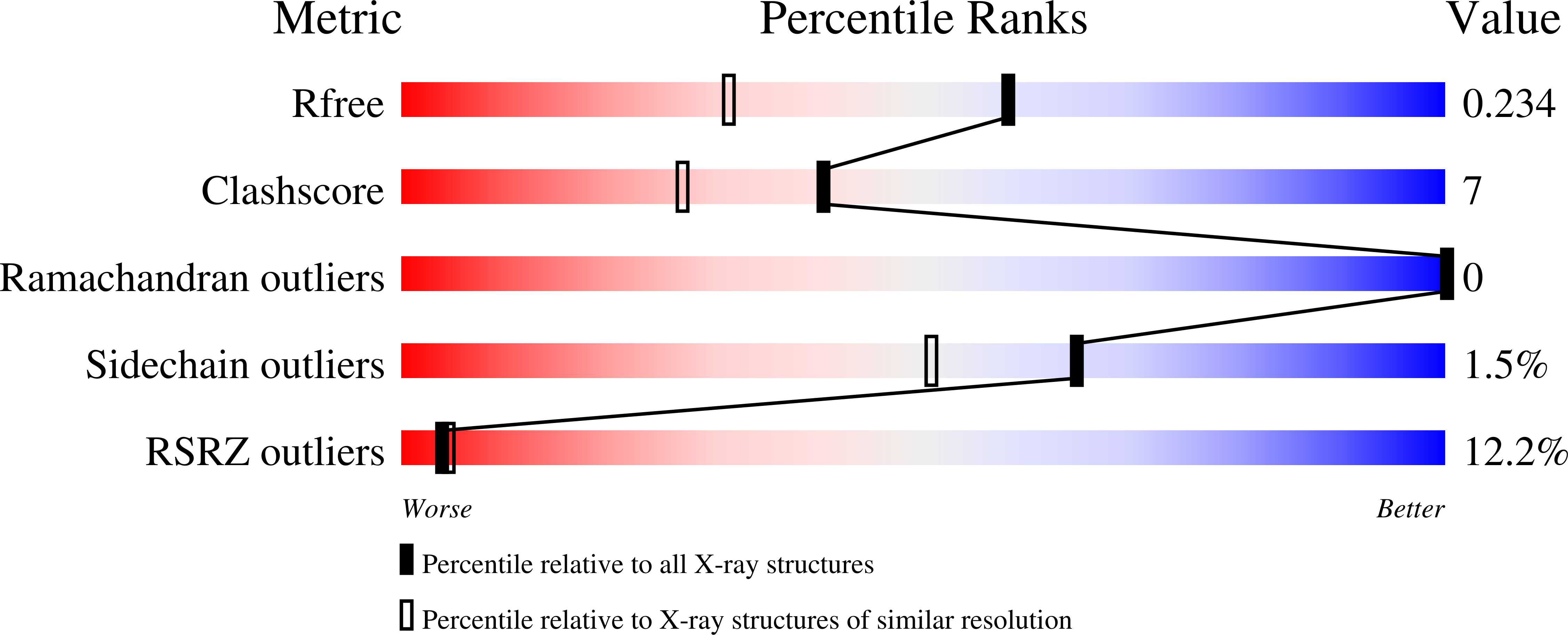
Deposition Date
2022-04-19
Release Date
2023-03-01
Last Version Date
2023-10-25
Method Details:
Experimental Method:
Resolution:
1.70 Å
R-Value Free:
0.23
R-Value Work:
0.19
R-Value Observed:
0.19
Space Group:
C 2 2 21


